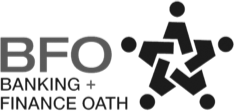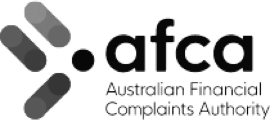Credit is such an important tool for every business. It can help fund growth, fuel stock purchases and ensures staff and suppliers are paid on time. But it’s really important to understand the right way to use credit so it works for your business in a positive way.
First things first
So what should you use credit for? Businesses face different challenges at different points in their lifecycle, but around 40 per cent of small businesses seeking credit say the primary purpose is to expand their enterprise.

For instance, if you’re running a start-up, you might wish to use credit to launch the enterprises, while mature businesses might need it to hire and retain quality employees. But the one common challenge all businesses face at every stage of the commercial lifecycle is cash flow.
Credit is an essential part of ensuring the business can properly manage its cash flow. It can help when you’re:
- In the first few years of operation and looking for start-up capital.
- Looking to scale up, for instance if you want to expand rapidly and have achieved high growth over the last 12 months.
- Looking to stay ahead of the competition through growth or simply in need of day-to-day finance.
Cash internally generated by the business is the cheapest source of funds. So most well run, growing businesses will keep a close eye on their working capital cycle and fund their day-to-day expenses from this.
In fact, even when businesses have financing facilities in place, it’s an idea to never take your eye off the drivers of your working capital cycle.
However, often there is a timing mismatch between when invoices are sent and funds received that will drive a business to seek short term financing alternatives.
How much is enough?
When it comes to determining how much you need to borrow, one of the first steps is to look at the term of the loan. There is a range of term-based lending products with different repayment and interest cycles. Business owners need to understand the profile of their business’s cash flow to select the best repayment structure.
Any short-term debt used to fund the day-to-day expenses of the business should typically be repaid (principal and interest) in four to six months, as debts are collected and inventory is converted into cash.
Longer-term debt used to fund the expansion of the business can take many forms depending on the nature of the asset funded. Large capital equipment purchases are best funded by an asset finance loan over a three to five-year term. The tenor of the product is typically driven by the depreciable life of the underlying asset.
Before applying for a loan, it’s also important to understand that lenders use a variety of formulas to determine how much a business can borrow Variables such as a length of time of in business, location of the business and the nature of the industry in which the business operates are used to work this out.


